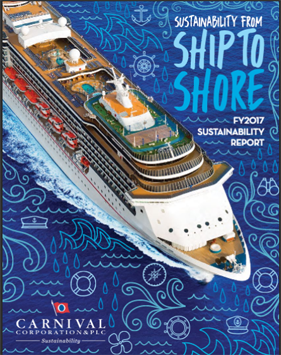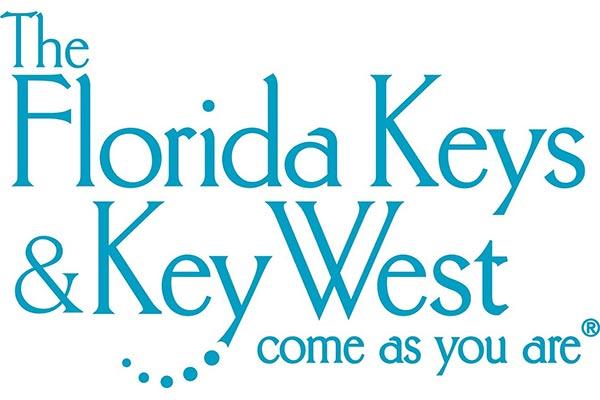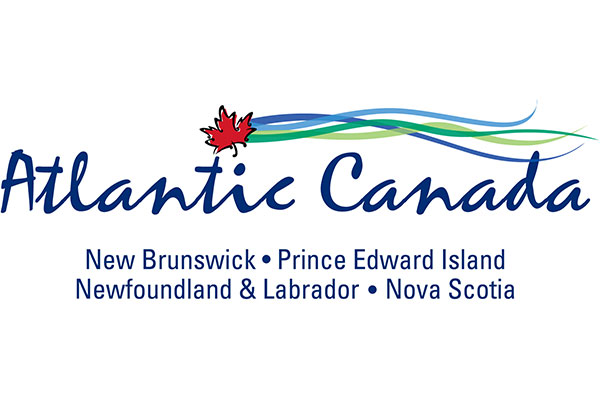Carnival cruises – greening or greenwash?

Big-ship cruising, by virtue of its very nature, is not the most environmentally friendly way to holiday..
In fact, according to experts, it’s the least environmental way. In addition to the airborne pollution created by the engines of a cruise ship, there is the matter of disposing of a variety of waste created by crew and passengers. Plus, it is extraordinarily difficult for cruise companies to bring benefits to destinations as their passengers have already paid for their food on board – and their lodgings.
Moreover cruise companies’ profits are heavily dependent on the sale of shore excursions and the payment of as little as possible to the local companies who have to operate them.
And there is nothing quite like a flag-carrying guide at the head of a big bunch of overweight badly-dressed tourists with baseball caps and sneakers to destroy any heritage destination’s atmosphere, annoy local shoppers and ward off more sensitive, bigger spending visitors.
Recently Carnival’s Princess Cruises had to pay a $40 million fine for dumping oily waste into the ocean – the largest penalty of its kind in history. The company also pleaded guilty to seven felony charges.
It’s not the first time a cruise line has been hit with big penalties for similar charges. In the late 1990s, Royal Caribbean paid $27 million in two separate cases and three of the ship’s engineers were indicted.
However, they are trying. Recently Carnival Corporation released its 2017 Sustainability Report, announcing that in 2017 the company achieved its 25 percent carbon reduction goal three years ahead of schedule and is on track with its nine other 2020 sustainability goals.
"We recognize that to be a responsible global organization and good corporate citizen, we need to have sustainability ingrained in all aspects of our operation across our nine global cruise line brands and more than 100 ships," said Bill Burke, chief maritime officer for Carnival Corporation, whose nine global cruise line brands include Carnival Cruise Line, Cunard, Holland America Line, Princess Cruises and Seabourn.
"We are committed to consistently exceeding the expectations of our guests for great vacations but we are also deeply committed to being a model for sustainable tourism throughout the world. It is through the dedication of our passionate and diverse workforce that we are able to make such great strides in every aspect of our operations. We congratulate each of our 120,000 employees for helping us achieve and exceed our carbon reduction goal well ahead of schedule."
Carnival Corporation first shared its 2020 sustainability goals in 2015, identifying 10 objectives that include reducing its carbon footprint, improving ships’ air emissions, reducing waste generation, improving water use efficiency, and supporting guests, crew members and local communities. The company’s latest sustainability report shows that it is on track to meet those goals across its nine global cruise line brands, realizing the following environmental advancements by the end of 2017:
• Carbon Footprint: achieved 26.3 percent reduction in CO2e relative to 2005 baseline
• Exhaust Gas Cleaning Systems (EGCS): 62 percent of fleet equipped with EGCS, capable of reducing sulfur compounds and particulate matter in ships’ engine exhaust at any operating state of a ship, resulting in improved quality of air emissions
• Cold Ironing: 43 percent of fleet equipped with capability to use shoreside electric power while the ship is docked
• Advanced Waste Water Purification Systems: increased coverage of fleet-wide capacity by 6.2 percentage points from 2014 baseline. Together, the company’s standard and AWWPS systems meet and/or exceed water treatment requirements established by the International Maritime Organization, and national and local authorities.
• Waste Reduction: reduced non-recycled waste generated by shipboard operations by 3.7 percent relative to 2016 baseline, and sent 79 percent of the U.S. food and municipal type waste to a facility that captured the energy from the waste
• Water Efficiency: improved water use efficiency of shipboard operations by 4 percent relative to 2010 baseline, to a rate of 60 gallons per person per day, versus the U.S. national average of 90 gallons per person per day
Carnival also says that it is making advances in Liquified Natural Gas (LNG: Powering Next-Generation "Green Cruising"; Energy efficiency and ensuring environmental compliance and proper implementation of procedures at sea and in port.
And the group making advances in their assistance to communities in the ports they visit – using their financial muscle. For instance when hurricanes Harvey, Irma and Maria took a major human, environmental and property toll, the Carnival Corporation brands and foundations collectively pledged up to $12 million in aid for relief and rebuilding, as employees volunteered their skills, and cruise ships delivered critical supplies to residents in Barbuda, St. Maarten, Dominica and other affected areas.
Download the report HERE http://carnivalsustainability.com/
Valere Tjolle
Valere is editor of SustainableTourism02 – this week’s Vision story here
 United Kingdom
United Kingdom United States
United States Asia Pacific
Asia Pacific












































BA suspending all Heathrow to Abu Dhabi flights
Unexpected wave rocks cruise ship
Report: Cruise guest died after ship lashed in heavy storm
British teen in serious condition after paraglider collision
JetBlue scraps London Gatwick flights